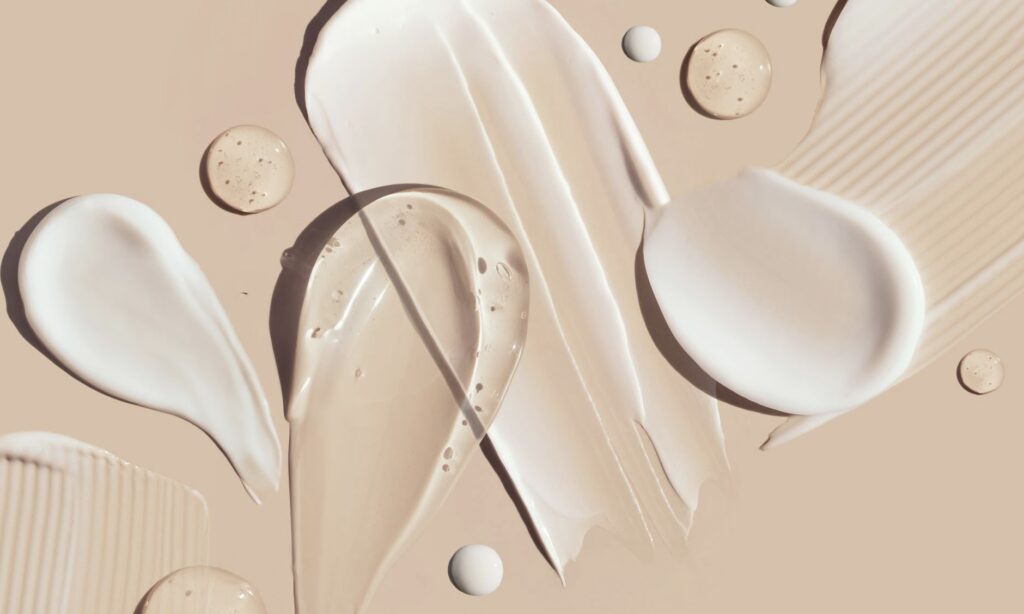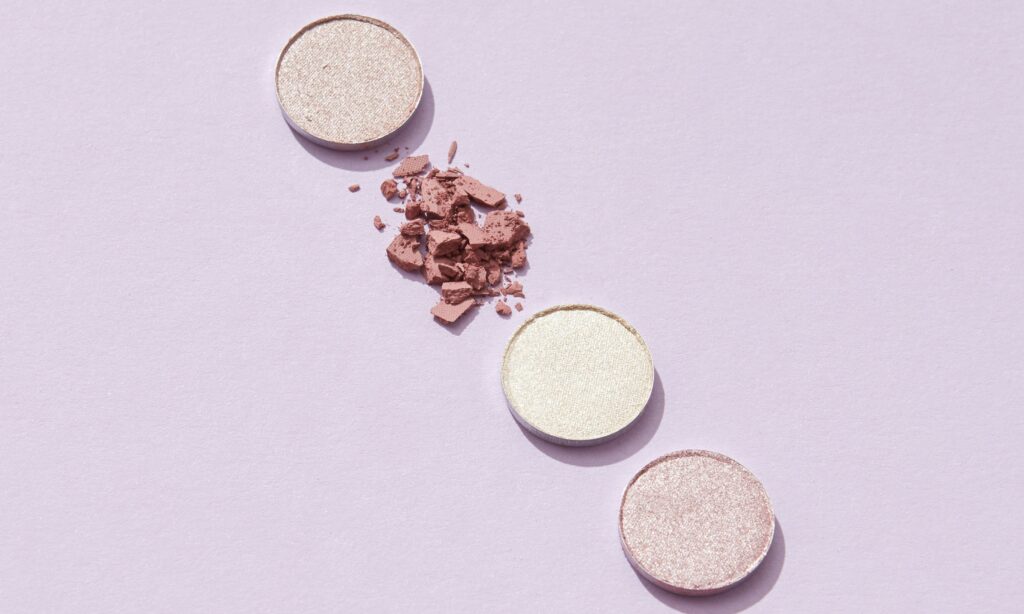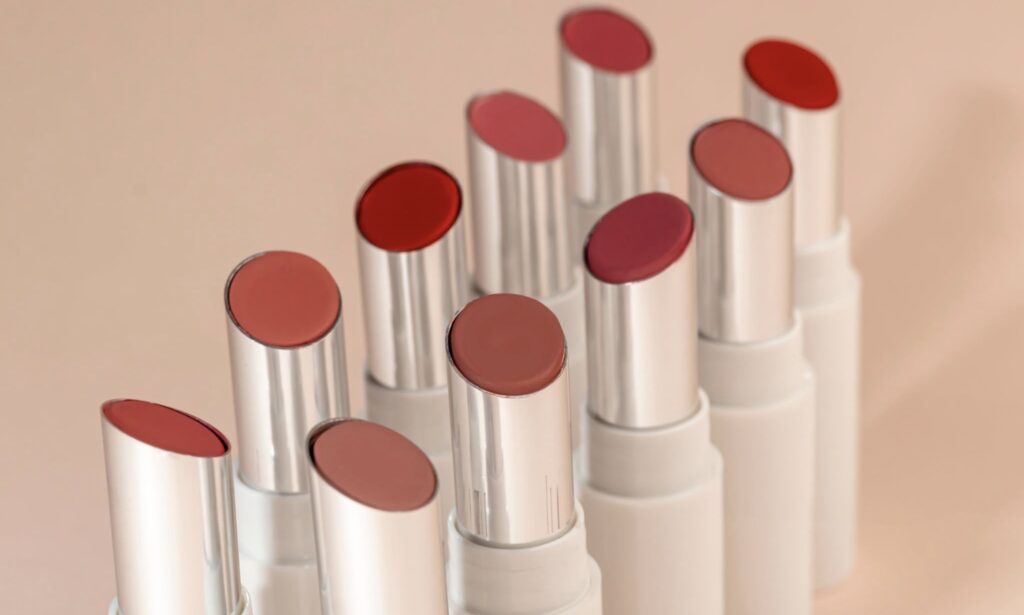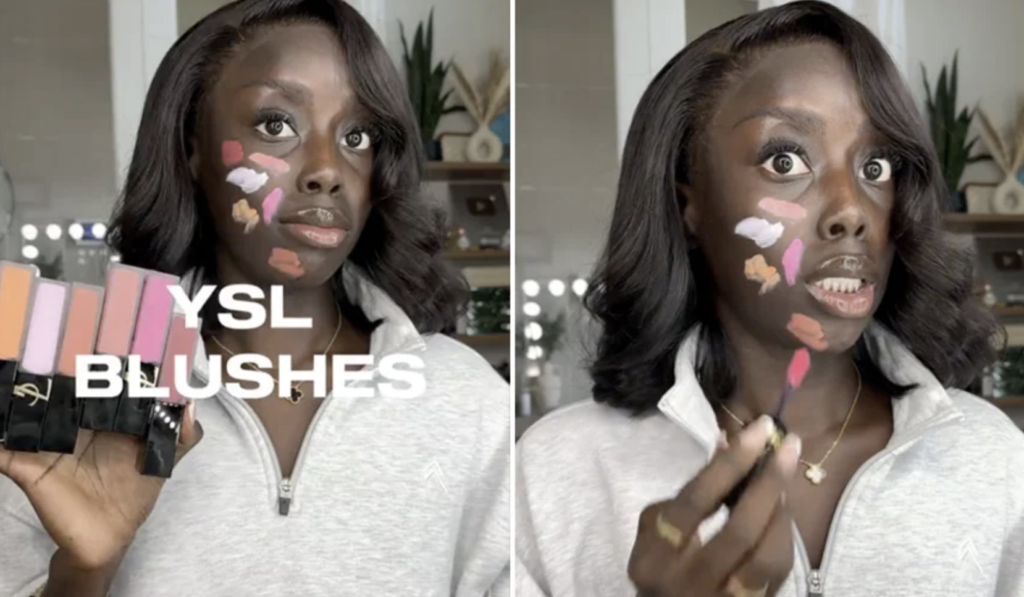In an unpredictable economic landscape with many sectors feeling the squeeze, the beauty, cosmetic, and skincare industry seems to be gliding along, largely unfazed. Far from merely surviving, it’s thriving, with recent major acquisitions that suggest robust confidence in its future. It appears consumers, especially the younger generations, are more committed than ever to their glow-up journeys.

2025 – the year of record-breaking beauty M&As
Take, for instance, the recent buzz around the sales of brands like Rhode and Medik8. Hailey Bieber’s Rhode, a brand barely three years old, was reportedly acquired by e.l.f. Beauty in May for a staggering sum of up to $1 billion – a bold testament to the immense value attributed to brands that resonate with a highly engaged audience. Rhode achieved $212 million in sales in the year ending March 31, 2025, through direct-to-consumer sales alone, an incredible feat given that only 26 of nearly 1,000 beauty brands tracked by Nielsen exceed $100 million in retail sales. Similarly, L’Oréal Groupe’s acquisition of a majority stake in British skincare brand Medik8 in June is valued at approximately €1 billion, underscoring the rising demand for science-backed, premium skincare. While specific figures for Wild are less publicly sensationalized, Unilever’s reported acquisition in April of refillable personal care brand Wild for around £230 million further illustrates the strong M&A activity in the sector.
Demographic shifts
So, what’s behind this buoyant beauty bubble when others are batting down the hatches? One significant factor is undoubtedly the growth of youth markets. Gen Z consumers are spending a record amount on beauty. A recent Piper Sandler survey revealed that US teens are spending $374 per year on beauty, a 10% increase from the previous year. This generation isn’t just dabbling; they’re investing. Skincare, in particular, dominates the beauty market, accounting for 40% of total revenue, with hair care at 22% and cosmetics at 20%.
Social media, especially platforms like TikTok, play a colossal role here. ‘Sephora Kids’ and viral beauty trends drive consumption, with young people creating extensive, sometimes overly complex, skincare routines inspired by influencers. While this raises concerns about the unnecessary and potentially damaging use of adult-strength products on young, sensitive skin, it undeniably fuels sales. Brands like e.l.f. Beauty, a budget-friendly option, have capitalized on this, maintaining its position as the top beauty brand among young shoppers.
Beyond the sheer purchasing power, there’s a cultural shift. Authenticity, inclusivity, and sustainability are paramount for younger consumers. They demand transparency in ingredients and ethical sourcing. This push has led to a rise in ‘clean beauty’ and vegan-certified products. The desire for ‘skinimalism’ and barrier health, focusing on fewer but highly effective products, also speaks to a more conscious approach to beauty. Even young men are getting in on the act, with YouGov data showing that between January 1, 2020, and December 31, 2024, the ‘Consideration score’ for skincare and cosmetics among men aged 18-34 doubled from 3.1% to 6.1%. This demonstrates a broader acceptance and embrace of self-care across genders.
In essence, the beauty industry has masterfully adapted to the modern consumer, blending aspiration with accessibility, scientific innovation with social media virality, and indulgence with personal well-being. While other sectors might be weathering storms, the beauty and cosmetics industry is proving to be a recession-proof investment, something of a unicorn in the current economic climate, flourishing where others falter.
This remarkable resilience and growth, however, isn’t simply down to magic. It’s often the meticulous, sometimes painstaking, result of robust market research. In a sector defined by rapid trends and discerning customers, knowing your audience isn’t just a good idea; it’s the very foundation of success.

Market Potential and Customer Spending Power
The beauty market is a colossal beast, projected to reach a staggering $677.2 billion in revenue in 2025, with continuous growth anticipated. This isn’t just about high-end luxury; it’s a broad spectrum of spending, fuelled by consumers who view beauty products as accessible indulgences, even in tighter economic times – affectionately known as the “lipstick effect.” This spending power is particularly evident in younger demographics. Gen Z, for example, is demonstrably putting their money where their mouths are (or rather, where their serums and mascaras are), with teen spending on beauty up 10% year-on-year. They are digital natives, highly influenced by social media, and are driving trends at an unprecedented pace.
This incredible potential, however, comes with a caveat: it’s a crowded marketplace. New brands and products emerge daily, vying for attention. Without a deep, ongoing understanding of consumer behaviour, even the most innovative product risks becoming a whisper in a hurricane of launches.
The Imperative of Knowing Your Customer
Understanding your customer in the beauty space goes far beyond basic demographics. It delves into psychographics – their values, lifestyles, aspirations, and even their anxieties. Why do they choose one brand over another? Is it the ingredients, the sustainability credentials, the celebrity endorsement, the aesthetic of the packaging, or simply a viral TikTok review?
This is where tracker studies shine. Unlike one-off surveys, tracker studies continuously monitor key metrics over time. They answer critical questions:
- Brand awareness & perception – Is your brand cutting through the noise? How is it perceived against competitors? Are consumers associating it with the values you want it to embody (e.g. clean, effective, innovative)?
- Purchase intent & habits – Are consumers planning to buy your product? Where do they shop? What influences their purchase decisions at the point of sale?
- Usage & satisfaction – How are consumers actually using your products? Are they satisfied? What could be improved? This feedback loop is invaluable for product refinement.
- Trend identification & response – Are emerging trends impacting your category? Are new ingredients gaining traction? Tracker studies can provide early warnings and help brands pivot quickly.
For instance, the rise of ‘clean beauty’ and sustainable practices isn’t a fleeting fad; it’s a deep-seated value for many consumers, especially Gen Z, with 67.7% prioritizing sustainability and 56.2% willing to pay more for eco-friendly products. A brand that doesn’t track these changes risks being perceived as outdated or uncaring.

The Peril of Rapidly Changing Trends
The beauty landscape is a kaleidoscope of trends, constantly shifting and morphing, largely thanks to social media. A single viral TikTok video can catapult a product to overnight stardom, leading to immediate sell-outs. Conversely, a product that misses the mark can languish on shelves, quickly becoming obsolete.
Consider the ‘skinimalism’ trend, promoting simpler routines and focusing on barrier health, a direct contrast to the elaborate multi-step routines of a few years prior. Or the shift from heavily contoured makeup to more natural, ‘no-makeup makeup’ looks. Brands need to be agile, not just in product development, but in their marketing and communication strategies, ensuring they speak to the prevailing zeitgeist. Without ongoing market research, it’s akin to throwing darts in the dark, hoping one hits the bullseye.
The High Cost of Missed Connections
Developing and launching a new beauty product is an incredibly expensive undertaking. Costs can range from a few thousand dollars for a basic direct-to-consumer launch to millions for a full-scale retail rollout. This includes:
- Product development & formulation – Working with chemists, rigorous testing (stability, safety, preservative efficacy). This can easily be tens of thousands of dollars per formula.
- Packaging & design – From material costs to graphic design and custom molds, this is a significant outlay.
- Manufacturing & inventory – Minimum order quantities mean significant upfront investment in product.
- Marketing & launch – Advertising campaigns, influencer collaborations, public relations – this can be the largest single cost.
An example of a high-profile failed beauty launch was the YSL Beauty Make Me Bush collection, which caused a storm on TikTok. Marketed as ‘universal shades’ it was clear that the blushes had not been made with darker skin in mind. Despite being positioned as inclusive with campaigns showing the products on models of colour, it became very clear that some of the shades were far from fit for purpose when tested by dark-skinned influencers, specifically Golloria George. The check box approach to inclusivity left many feeling alienated.

When a product fails to connect with its intended audience, these investments essentially evaporate. Industry data suggests that a significant number of new product launches—around 70-80%—fail to meet their revenue or market share targets. This isn’t just lost money; it can damage brand reputation, erode consumer trust, and even lead to job losses.
In Conclusion
While the beauty industry appears to be perpetually glowing, its radiance is often cultivated through the diligent, data-driven efforts of market research and tracker studies. These tools are the compass and map in a rapidly evolving landscape, ensuring that brands not only identify the next big thing but also truly understand the hearts and wallets of the consumers driving this ever-sparkling market. Without them, the path to beauty success could instead lead to a rather expensive fade-out.
If you would like to explore tracker studies for your brand, BEAM and Brand Jar can help. With a panel of over 35,000 participants and smart tech solutions, we make trackers easy. Get in touch here to find out more.
